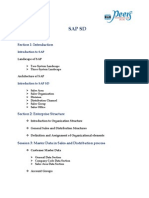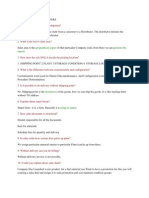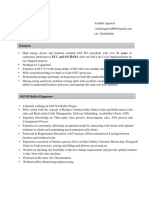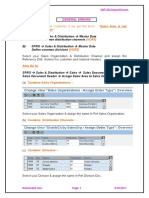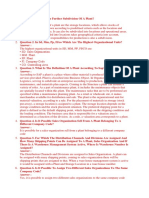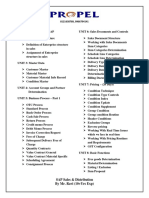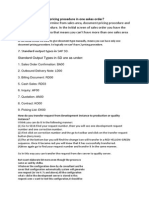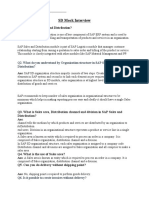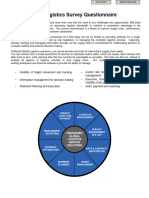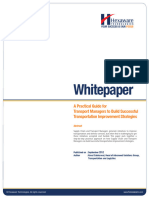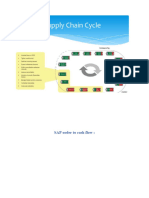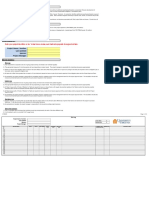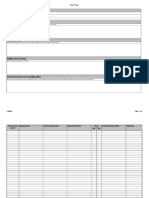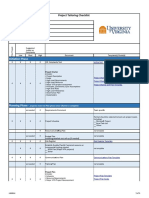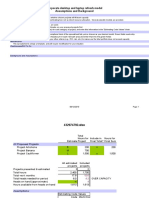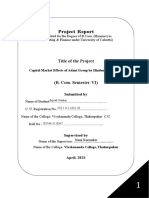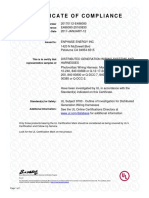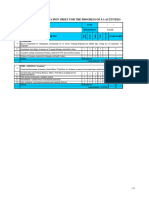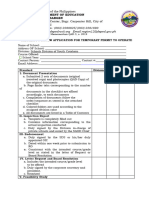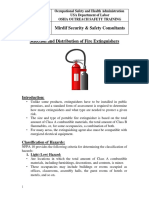100% found this document useful (1 vote)
928 views16 pagesSAP SD Questions and Answers
SAP Sales and Distribution (SD) is a key module in SAP ERP that manages customer relationships and order fulfillment processes. It allows users to configure organizational hierarchies, perform presales and postsales activities like creating quotations and sales orders, check availability and pricing, and generate deliveries and invoices. Key entities in SD include sales organizations, distribution channels, divisions, and sales areas which comprise the necessary attributes to process orders. The module integrates closely with other SAP modules like Materials Management, Production Planning, and Financial Accounting.
Uploaded by
erlend2012Copyright
© © All Rights Reserved
We take content rights seriously. If you suspect this is your content, claim it here.
Available Formats
Download as DOCX, PDF, TXT or read online on Scribd
100% found this document useful (1 vote)
928 views16 pagesSAP SD Questions and Answers
SAP Sales and Distribution (SD) is a key module in SAP ERP that manages customer relationships and order fulfillment processes. It allows users to configure organizational hierarchies, perform presales and postsales activities like creating quotations and sales orders, check availability and pricing, and generate deliveries and invoices. Key entities in SD include sales organizations, distribution channels, divisions, and sales areas which comprise the necessary attributes to process orders. The module integrates closely with other SAP modules like Materials Management, Production Planning, and Financial Accounting.
Uploaded by
erlend2012Copyright
© © All Rights Reserved
We take content rights seriously. If you suspect this is your content, claim it here.
Available Formats
Download as DOCX, PDF, TXT or read online on Scribd
/ 16













